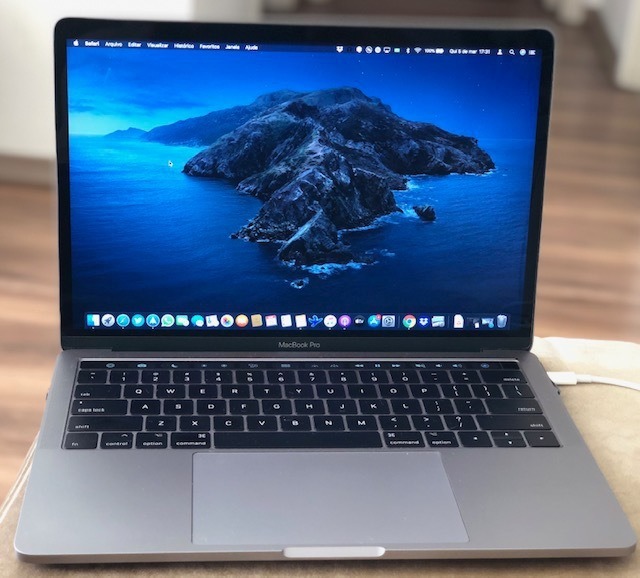

- MACBOOK TOUCH BAR SIMULATOR MAC OS X
- MACBOOK TOUCH BAR SIMULATOR PRO
- MACBOOK TOUCH BAR SIMULATOR PC
- MACBOOK TOUCH BAR SIMULATOR SIMULATOR
Now when I buy a computer, I change the HDD into a SSD - it is worth the cost when using it professionnaly for development purposes. I've done the same on many other systems, including old ones (Windows XP, Windows 7, Windows 10, Linux, Pentium, Core i5, Core i7): all show significant improvements when switching to SSD. I replaced the disk with an SSD and the slowness was gone.
MACBOOK TOUCH BAR SIMULATOR PC
My previous PC with similar caracteristics that broke down had a HDD inside and at some point I got tired of its slowness. There is one key item that you did not mention which is a huge performance improver: switching from HDD to SSD. I have a i7/4 cores/8 threads/8GB PC which I still find comfortable to do development in different areas (Web Development/Embedded/Mobile/Qt5 on Virtualbox).

Sure enough, as I went out scouting for apps that I suspected were of a similar vintage, I was able to crash them in “less than a second” as well.

MACBOOK TOUCH BAR SIMULATOR MAC OS X
For reasons I won’t go into, most of my apps are still built on a Mac OS X 10.6 Mac running Xcode 6. Other 3rd party apps on my Mac were also holding up fine.įinally I came across another app that also crashed, and came up with a theory: only apps that are built with a suitably older SDK are crashing. The funny thing is it seemed to only crash my apps. It crashes my apps all right, usually in less than a second. Maybe that would trigger the crashing bug that only rarely affects my customers.
MACBOOK TOUCH BAR SIMULATOR SIMULATOR
I rigged up a special version of my app that would simply show and hide the Touch Bar simulator window repeatedly, perhaps thousands of times per second. Indeed, some of my users who reported these crashes were not using Touch Bar Macs, but were running Touché. Since I had already written a Touch Bar simulator app, which itself has the ability to stop and start streaming of the Touch Bar content, I speculated that I might be able to provoke the same crashes from within my app. I would open my apps, then I would close the laptop lid, and open it again, say 100,000 times or so, until I reproduce the problem. Hmm, if only I had a Touch Bar Mac, so I could try to reproduce these crashes. When the computer wakes, it would make sense for it to trigger a resumption of that streaming. I would be surprised if, when the computer goes to sleep, the physical Touch Bar on the MacBook didn’t also stop streaming content from the computer. I speculated that the crashes might represent some subtle bug that is only likely to happen when the Touch Bar infrastructure on the Mac is forced to stop and start again. User comments associated with these crashes often mentioned connecting or disconnecting an external monitor, or with waking their MacBook from sleep. That DFR prefix rang a bell for me, because it’s the same prefix as some of Apple’s private frameworks that support the Touch Bar simulator in Xcode, which I also use in my free, standalone Touch Bar simulator, Touché. Typically, the crashes in something CALayer related, and the correlated crash log often descends from “-”:

MACBOOK TOUCH BAR SIMULATOR PRO
Since the MacBook Pro with Touch Bar was released, I’ve noticed a small but steady influx of new crash reports against my apps.


 0 kommentar(er)
0 kommentar(er)
